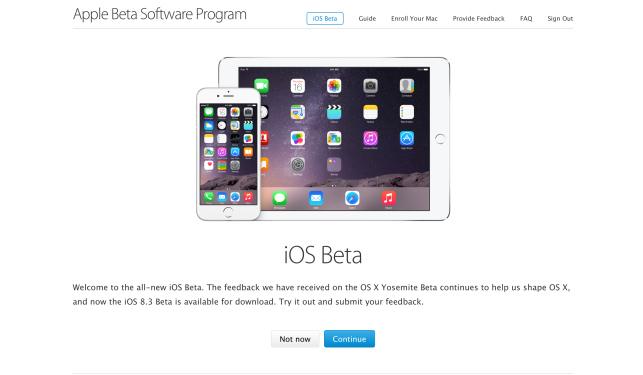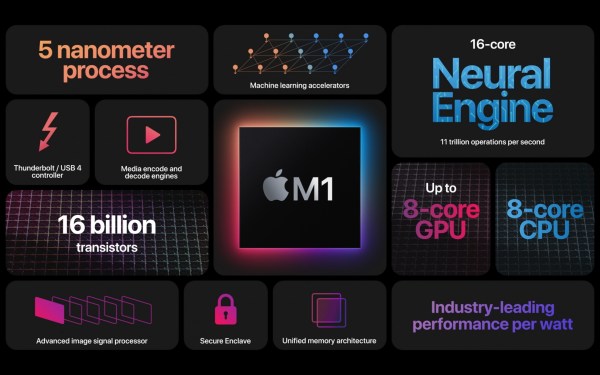Introduction
Apple has announced the launch of a new beta program for iOS, which allows non-developers to opt-in to receiving pre-release software builds on their device. This expanded program marks an important step forward in Apple’s approach to software development and testing.
What is the Beta Program?
The public beta program for OS X was launched last July, offering up to 1 million users early versions of Yosemite or OS X 10.10 prior to its official release. The program offers pre-launch builds ahead of their general release on the App Store, but on a more intermittent pace compared to the developer-only seeds.
How Does the Beta Program Work?
The new beta program allows non-developers to opt-in to receiving pre-release software builds on their device. In exchange for participating in the beta program, Apple expects both patience with bugs and feedback regarding what needs fixing. The company has stated that this expanded program will help them identify and address issues earlier, resulting in more stable and polished final releases.
Benefits of the Beta Program
The beta program should mean more bugs found and zapped prior to launches, as well as better looks at coming features before they official launch. It also helps Apple cut down on the gray market practice of people signing up for developer accounts and then charging people to be added to their device provisioning list for early access to preview software.
How to Join the Beta Program
The new beta program is being offered selectively to existing members of the pre-seed software program. If you are chosen, the site will offer you instructions on installing a configuration profile from your iOS device that sets up your phone to get the pre-launch builds in addition to those in the main channel.
Rationale Behind Expanding the Beta Program
Apple’s test program for OS X was designed as a way to help the company get feedback and usage testing from a group of users who more closely resembled the broad spectrum of average consumers who would make up the bulk of the eventual end-user group. OS X was likely seen as a good test bed to see if this approach to software development had legs, before it was trialled with the much larger group that makes up the global iOS user community.
Implications for the Tech Industry
The expansion of Apple’s beta program should have significant implications for the tech industry. With more users able to participate in testing and providing feedback on pre-release software, we can expect to see:
- More efficient identification and resolution of bugs prior to launch
- Better understanding of user needs and preferences through direct feedback from the end-user community
- Enhanced collaboration between developers, users, and Apple’s development team
Comparison with Other Operating Systems
In contrast to other operating systems, such as Android, which have a more extensive beta testing program in place, Apple’s approach is more limited. This highlights the importance of understanding user needs and preferences through direct feedback from the end-user community.
Future Developments and Next Steps
As the beta program continues to expand, we can expect to see further developments and improvements. With the new iOS 8.3 build acting as the first seed for non-developer testers, Apple is taking a significant step forward in engaging with its user base and gathering valuable feedback.
Conclusion
The expanded beta program marks an important milestone in Apple’s approach to software development and testing. By offering early access to pre-release software builds and encouraging direct feedback from the end-user community, Apple can expect to see more efficient identification and resolution of bugs prior to launch, as well as better understanding of user needs and preferences.
Related Developments
The expansion of Apple’s beta program is part of a broader trend in the tech industry towards greater engagement with users. Other companies, such as Google, have also been exploring ways to gather feedback from their user base through direct testing and involvement.
Sources
Apple’s official blog: www.apple.com
9to5Mac: https://www.9to5mac.com/
TechCrunch: https://techcrunch.com/




